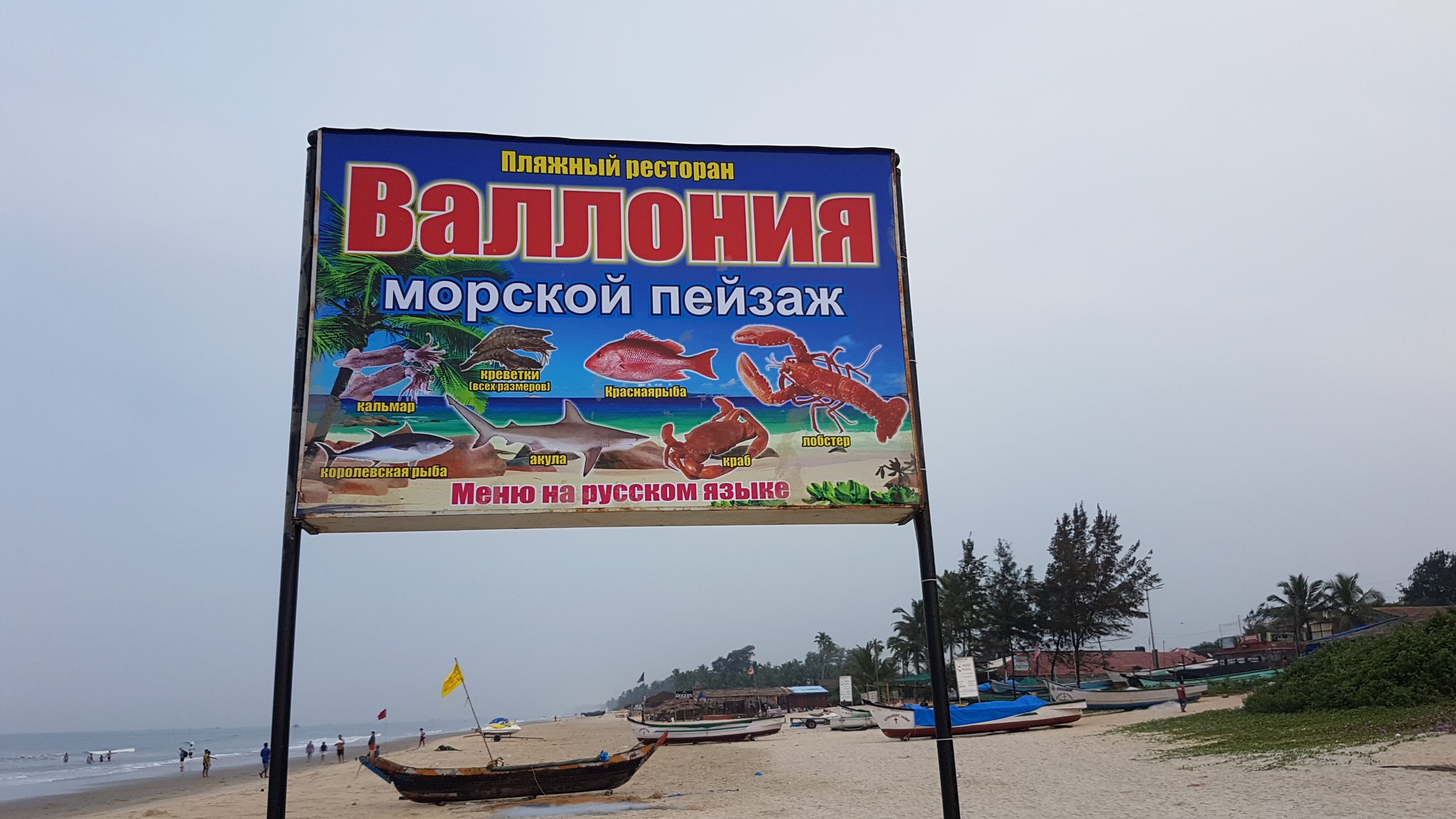
We left the idyll of the south by bus for the 90 minute journey to Margao, and from there to our next home, Villa Sophia in Benaulim. We had heard that this area of the coast was ‘more of a resort’, but struggled to imagine what this might actually mean.
Our host gave us instructions to alight from the local bus at the Maria Hall crossroads, from there we decided to walk. It wasn’t far. Along, then left, past a coffee shop, a supermarket, stalls, restaurants, building sites, signs welcoming us in Russian, a wine shop, all in the heat of the afternoon, loaded with our luggage. I watched on the map on my phone as the dots between us and our destination diminished, now we passed a development of apartments, then into fields, and chapels, and finally we were there, the German agent, who’d directed us the last two hundred metres saying ‘Ja, why you don’t get a taxi, or an auto, it is hot, and far to walk’. But it was great to be there, our apartment was lovely.
I got a lift back to the shops to hire a scooter. We had tickets that evening for the quarter final of the U17 world cup at a stadium in Margao, and there we were due to meet a friend of Wilkie’s, Craig, and his Goan parents, Conrad and Sue. A scooter seemed the way to go. I pretended I knew what I was looking for, I pretended I knew how to operate the thing. I pretended to bargain. No-one was convinced, but I left on a scooter, and survived the short journey home. Next up was a trial run with three on board.
I had heard that every day in India one hundred thousand new vehicles hit the roads. I didn’t press further and ask about road accident statistics. What is clear is the incredible number of scooters, carrying one, two, three or four people, often if a baby’s involved the mother sitting side saddle, a toddler standing in the footwell, or maybe a three metre length of pipe balanced crosswise, so the impression is of a high wire act. Or a chair, or a ladder. But mostly lots of people, quite often on their phones. So three up seemed reasonable.
Settled in our seats we were surrounded by families, many of whom had the flag of St. George painted on their faces. There were no saris or lungis, were they Goans or Indians from another state here on holiday? Do they look Portuguese? Or South American? I can’t hear the difference between Konkani and Hindi. I look at their faces, their shapes, their clothes; I can’t tell anything. “Football takes over” declared the hoardings around the pitch, a perfect circle of green where the goal is more often to score runs, and the nets remain out of sight.
I am not a good spectator. I get too anxious. However, once I’d worked out which team was which, and we went two up, and surrounded by support for England I began to relax. I was occasionally troubled by some dodgy defending, a few half chances squandered by the US, but more by the excited cheers from the painted faces around me when the USA scored. It reminded me of watching football with my mum. FIFA would be delighted.
Negotiating the traffic, the cows, the pedestrians, the speed bumps, the police, as sixteen thousand fans left the stadium, we headed away, getting lost in the lanes that lead to the sea and our home.
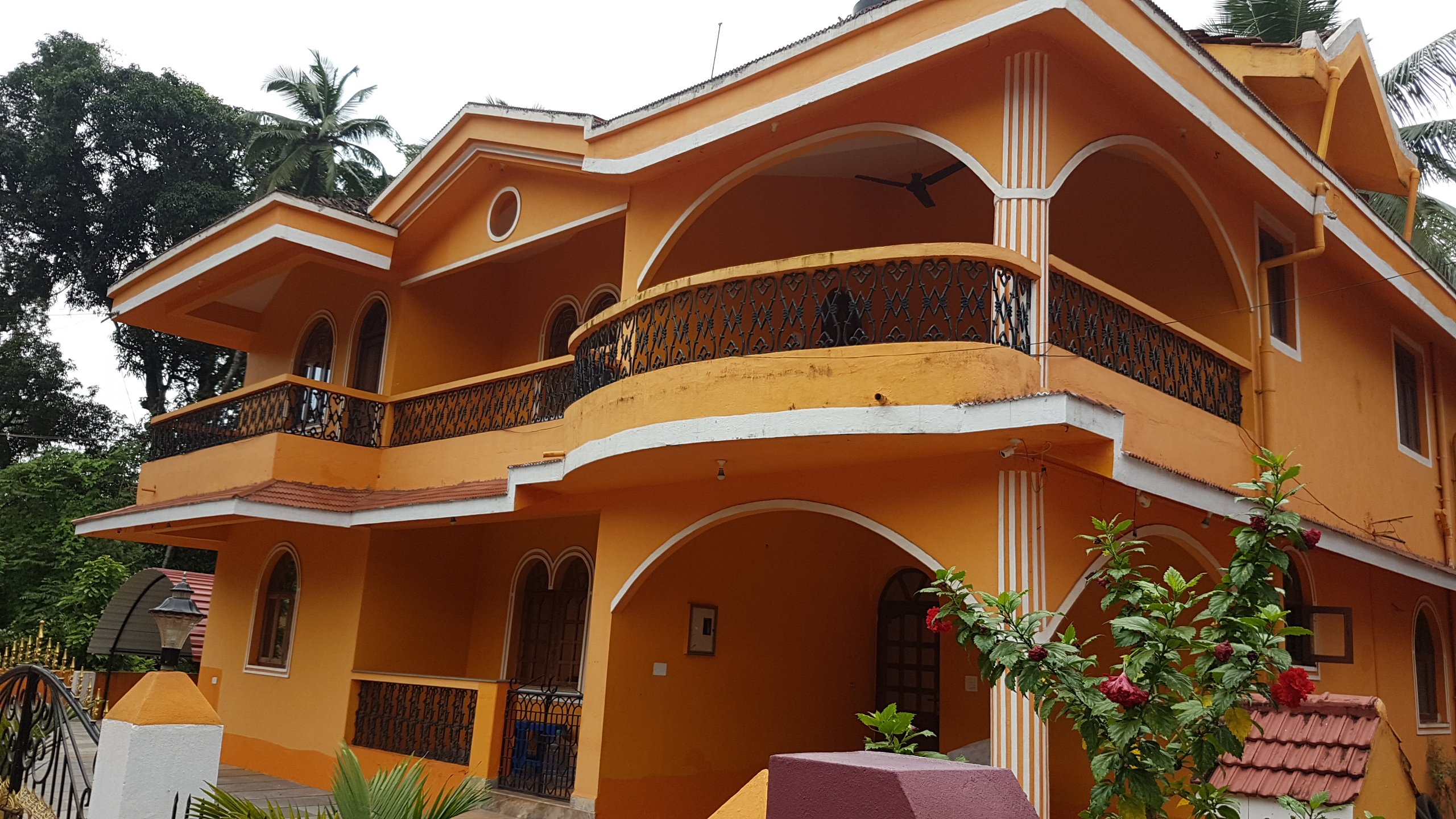
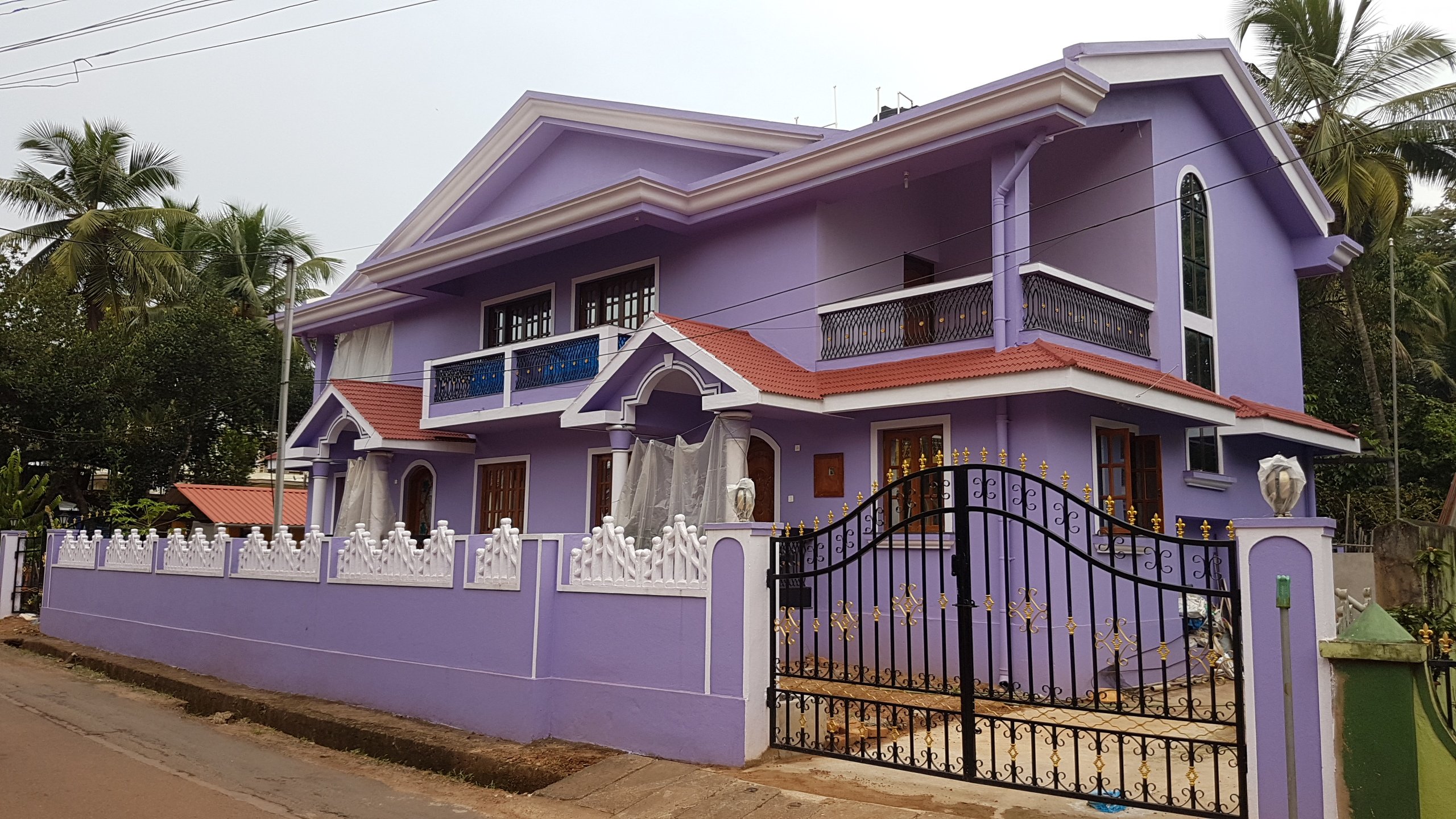

The house as wedding cake, tiered, pillared and iced reaches its apogee here. They appear wonderful livid splashes of colour against the screen of palms, and green leafed densities. They are something of the suburban art deco house as seen through a kaleidoscope. The older single story vernacular with their porches banked with stone benches and windows glazed with small polished oblongs of oyster shells often appear completely abandoned. Sometimes they were, but most often not. Many houses had small chapels like shrines with a cross, coloured lights and candles. Many others had the pyramidal Hindu shrines topped with tulsi – the holy basil plant – the whole thing no more than two or three feet tall, sometimes with beautiful geometric patterns made from flour on the floor. The principle building block is laterite, which is dug up in big awkward lumps then cut into blocks either by hand or machine, stacked and then left to harden for six months or more. You see them near every property. New buildings are concrete and reinforcing bar structures with these blocks filling the spaces. Everything is coated with render and then it’s off to the paint shop.


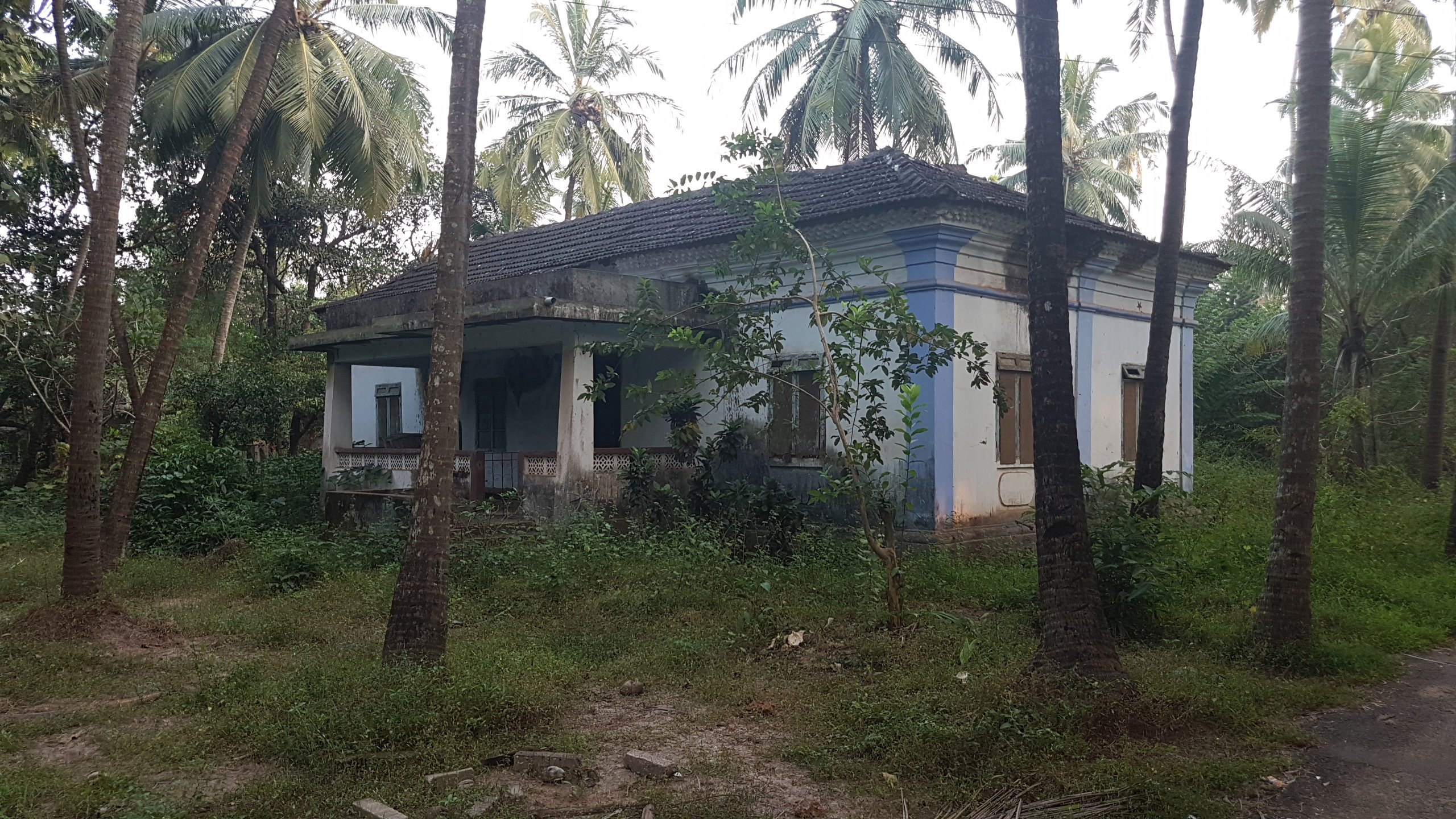
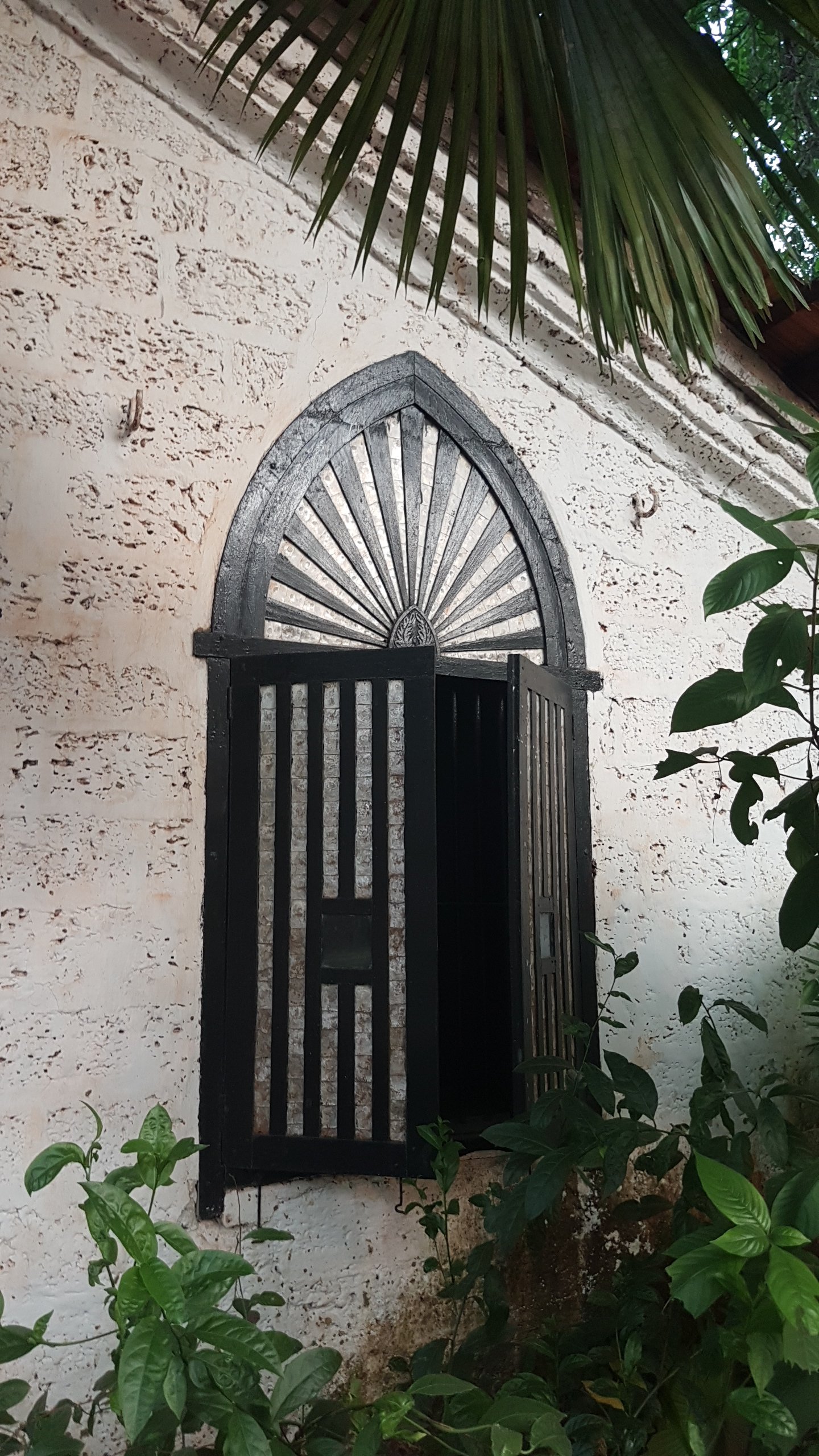
When the Portuguese arrived in the early 17th century, they converted huge numbers of Hindus, who struggled not with the gospels but with the disappearance of caste. The pope, following a special request, allowed cast threads to be worn around the body. All equal before God, some more equal than others. Convert or die was the order of the day, and indeed the inquisition in Goa lasted well into the 19th century. We were here for All Souls Day, and saw the incredible patterns of flower heads arrayed on the graves. Diwali with its colours, lights and flowers, as well as the crack, crack of firecrackers bookended our stay in Goa. I am not religious, so the bells and smells , the lights and flowers and ritual observances, the touching of heads and hearts, left me bewildered about which trinity was which, and who was an avatar of whom. Everyone else seemed completely happy.
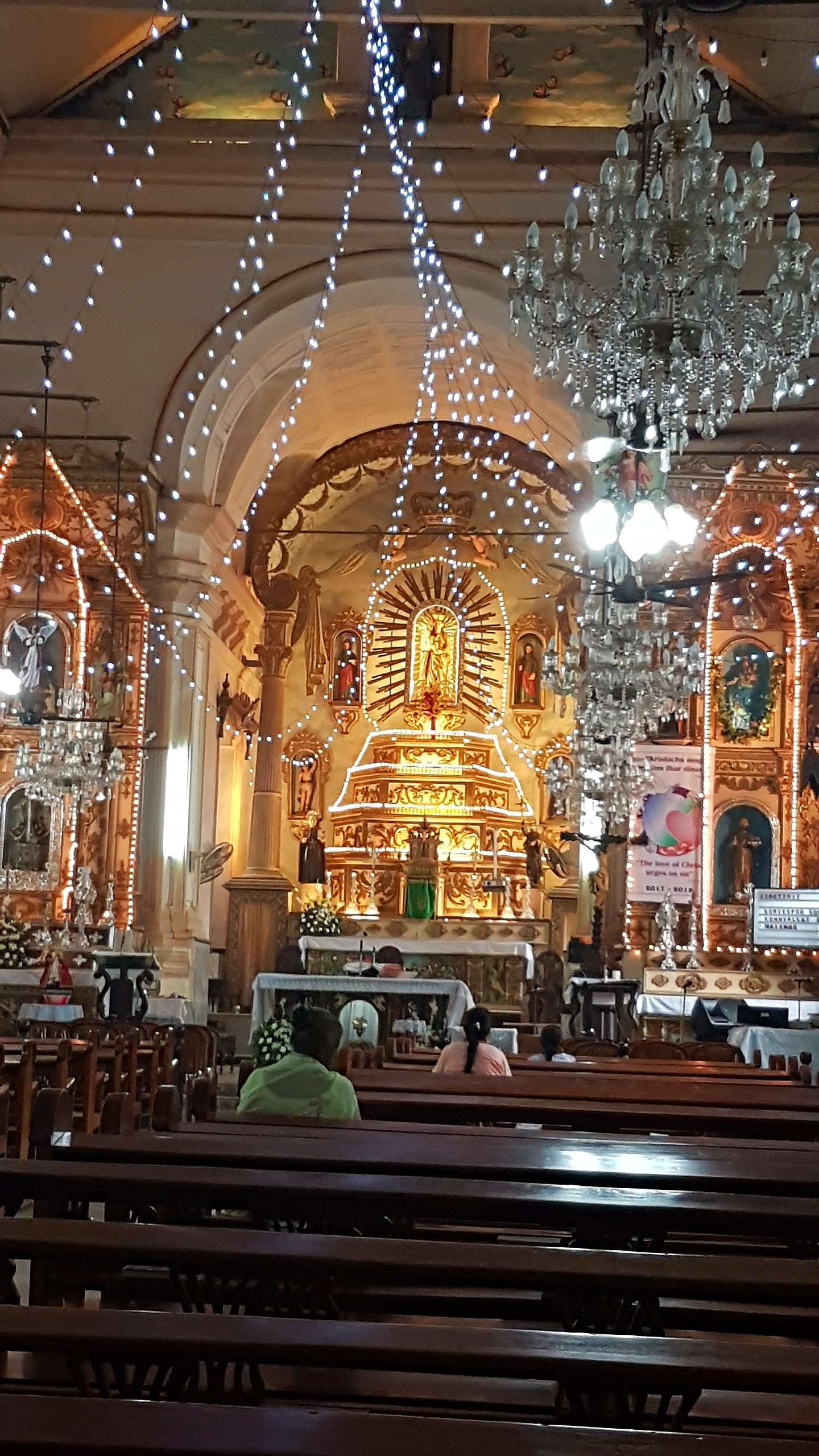
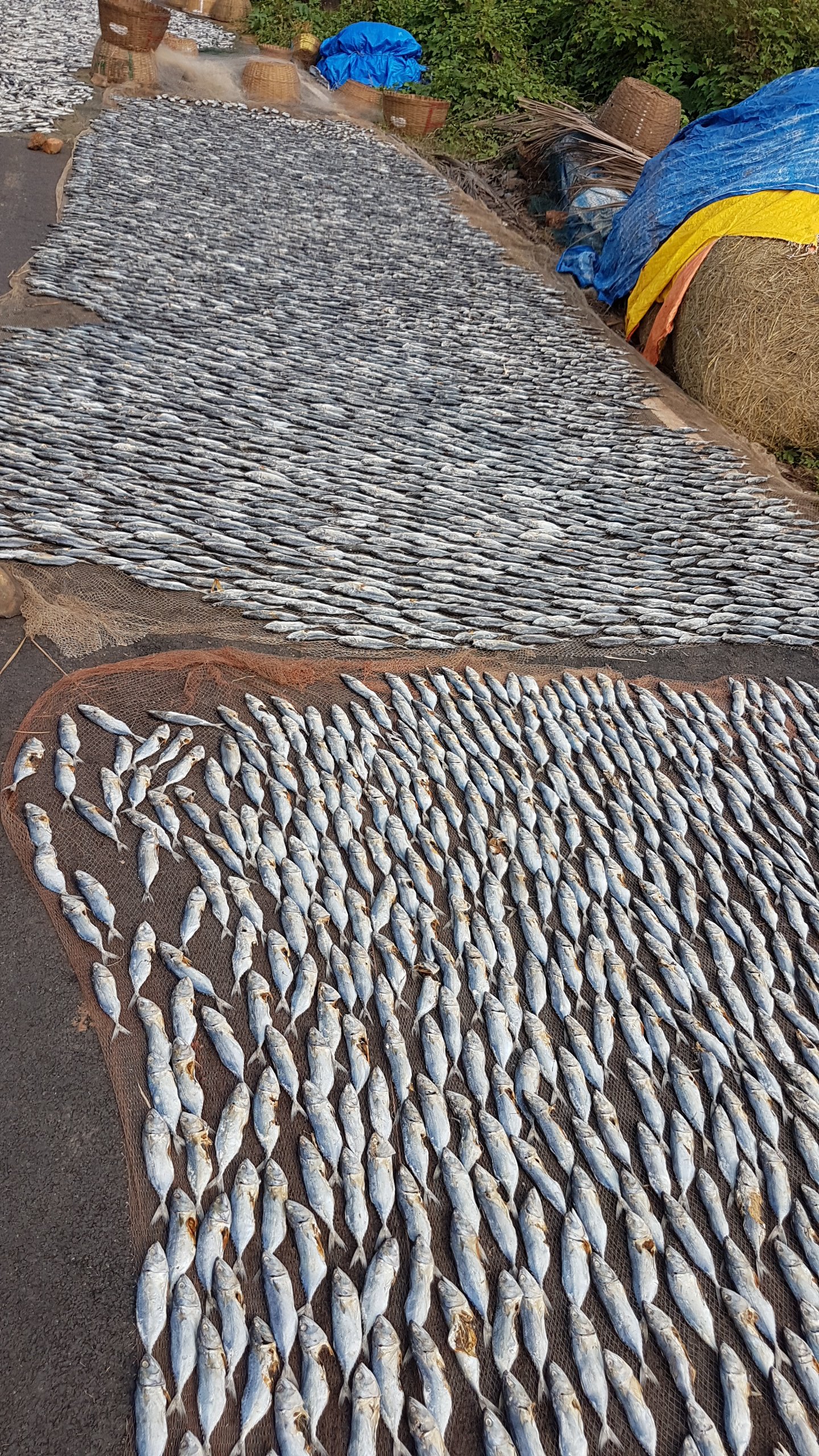
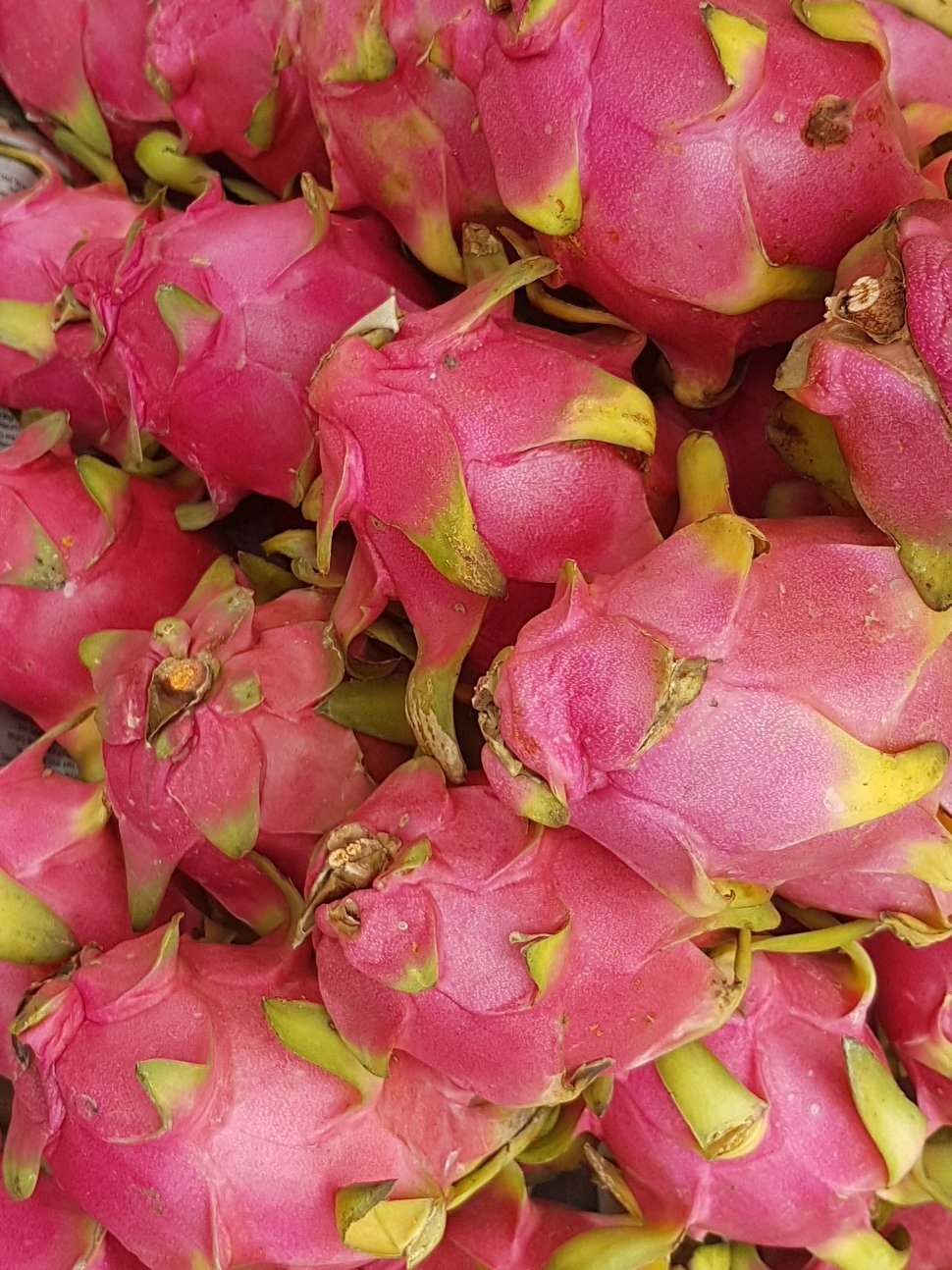
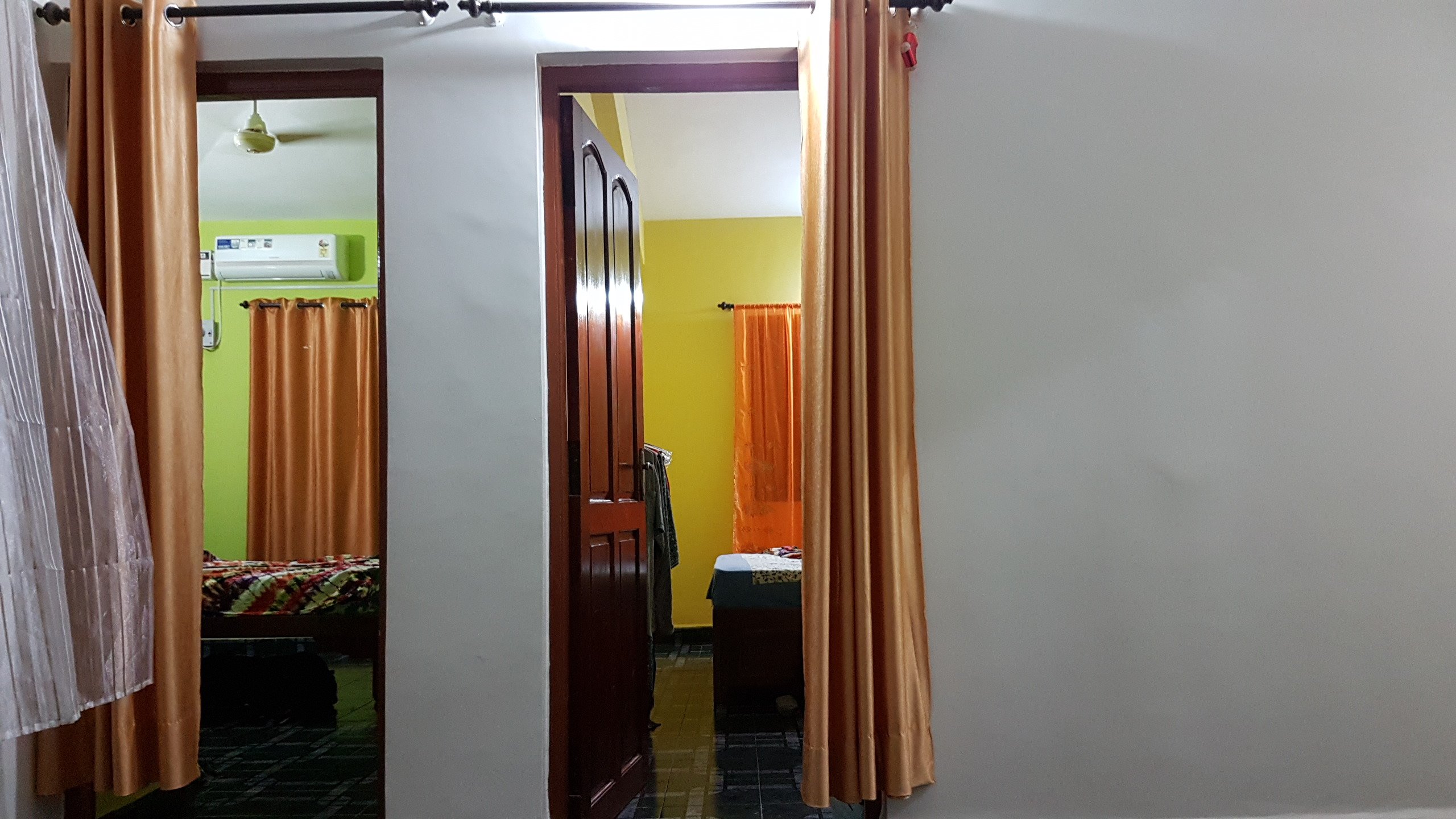
A routine developed which involved heading to the local beach at 7.00 to hang out with Conrad and family, until breakfast time at 8.30 or so. The beach here stretches eight miles in both directions. Conrad talked of riding bikes and scooters along the water’s edge when he was growing up. I watched the fishermen mending their nets, throwing out those fish that were still entangled, and then four or five men standing on the boat on the sand hauling the net up on to the deck, in readiness for their next tidal launch. Some things remain unchanged, plastic nets, fibreglass boats notwithstanding.
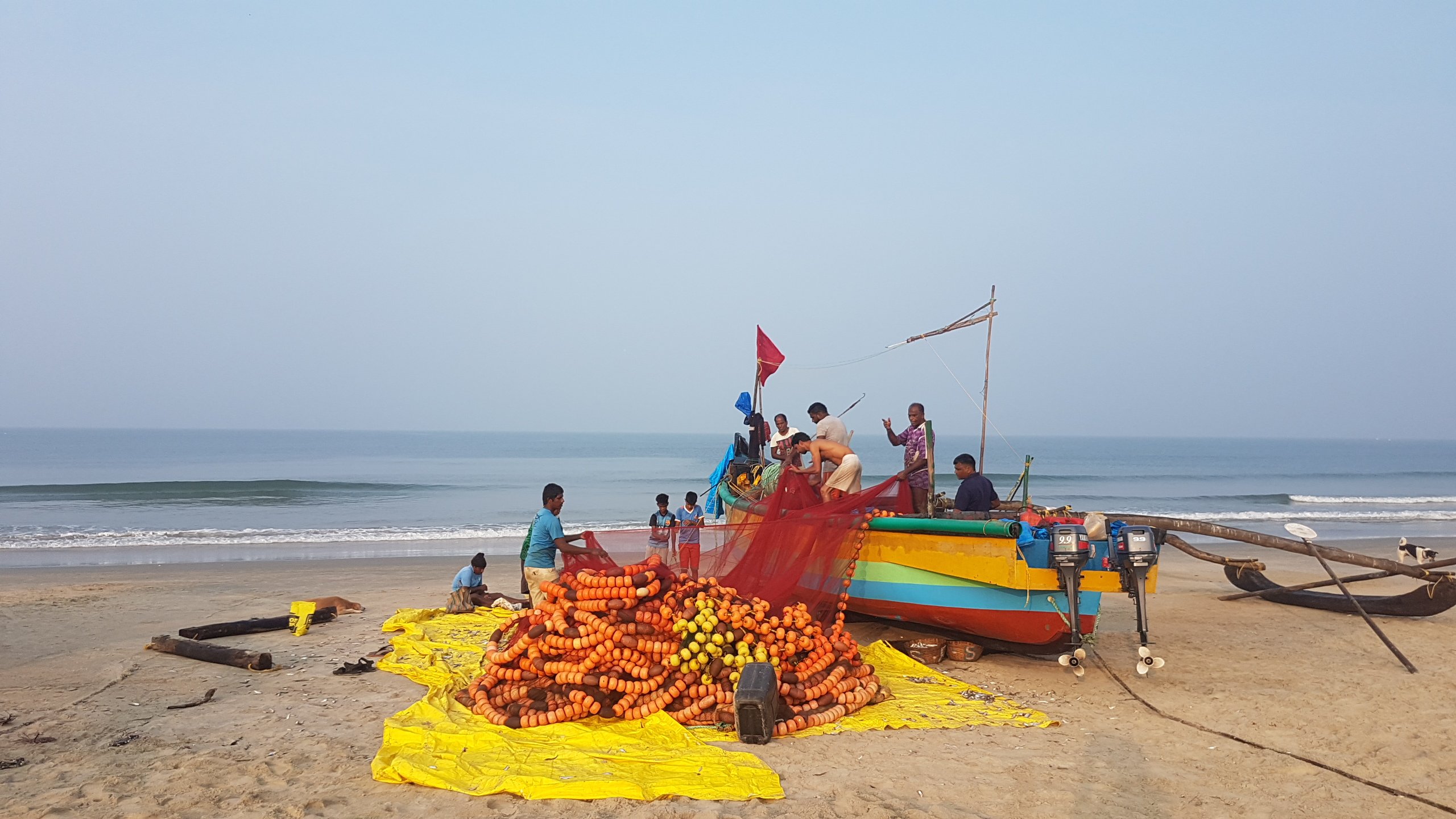

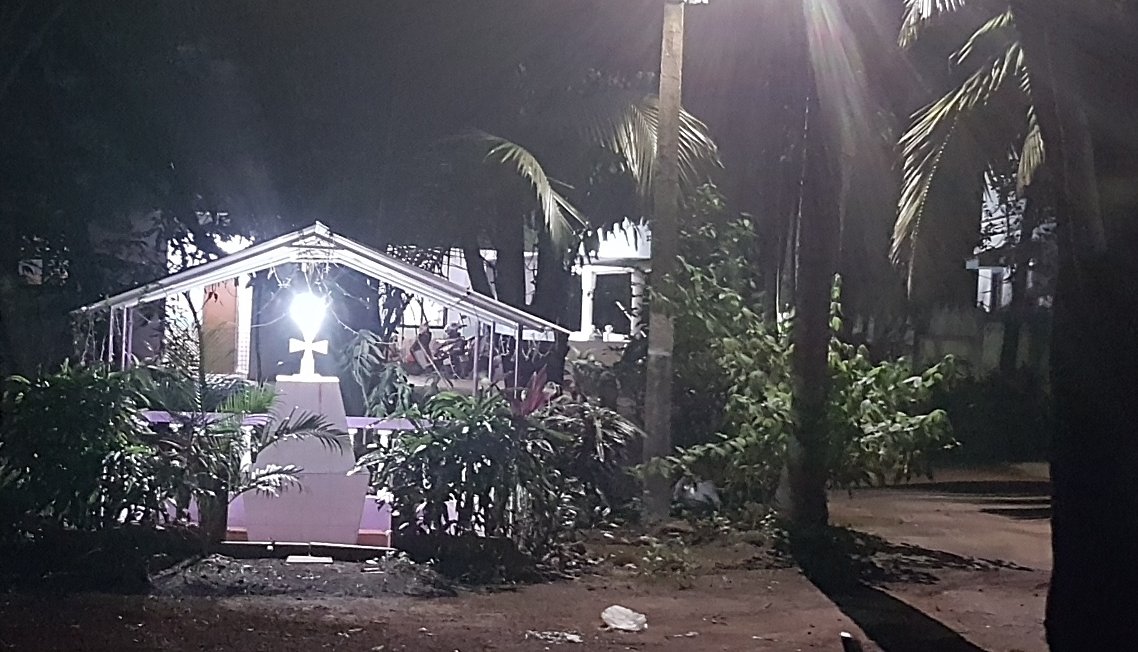
Conrad took us into Colva early one morning, and here amongst the rows of buses and coaches, the bustle of opening shops and stalls, the signs urging us to welcome! stay! choose healthful options! pure veg! best rates! we could see the growing local market of middle class holiday makers. Menus were in English and Russian. I had noticed handfuls of pasty pink tourists walking along amongst the restaurants and shops near our apartment, and had some incomplete grasp of who they were. Stylistically they were men and maids of Kent out for a daytrip at the coast, but looking more closely, their haircuts, their fashions, their heavy limbs seemed to belong in the past. Conrad filled in the gaps – package tours, return flights for two hundred and fifty pounds, bilateral trade agreements, a longstanding Russian tradition of looking East – and I began to see the Benidorm of the mid 1970s being recreated here in Goa. The holiday apartment blocks, the casinos and plush resorts that are gated and walled villages springing up off tiny lanes, pressing their manicured lawns against the sand, the vodka in the wine shops – it all fell into place. There were even stories of beach side gang fights…..And I’m looking for the hippies.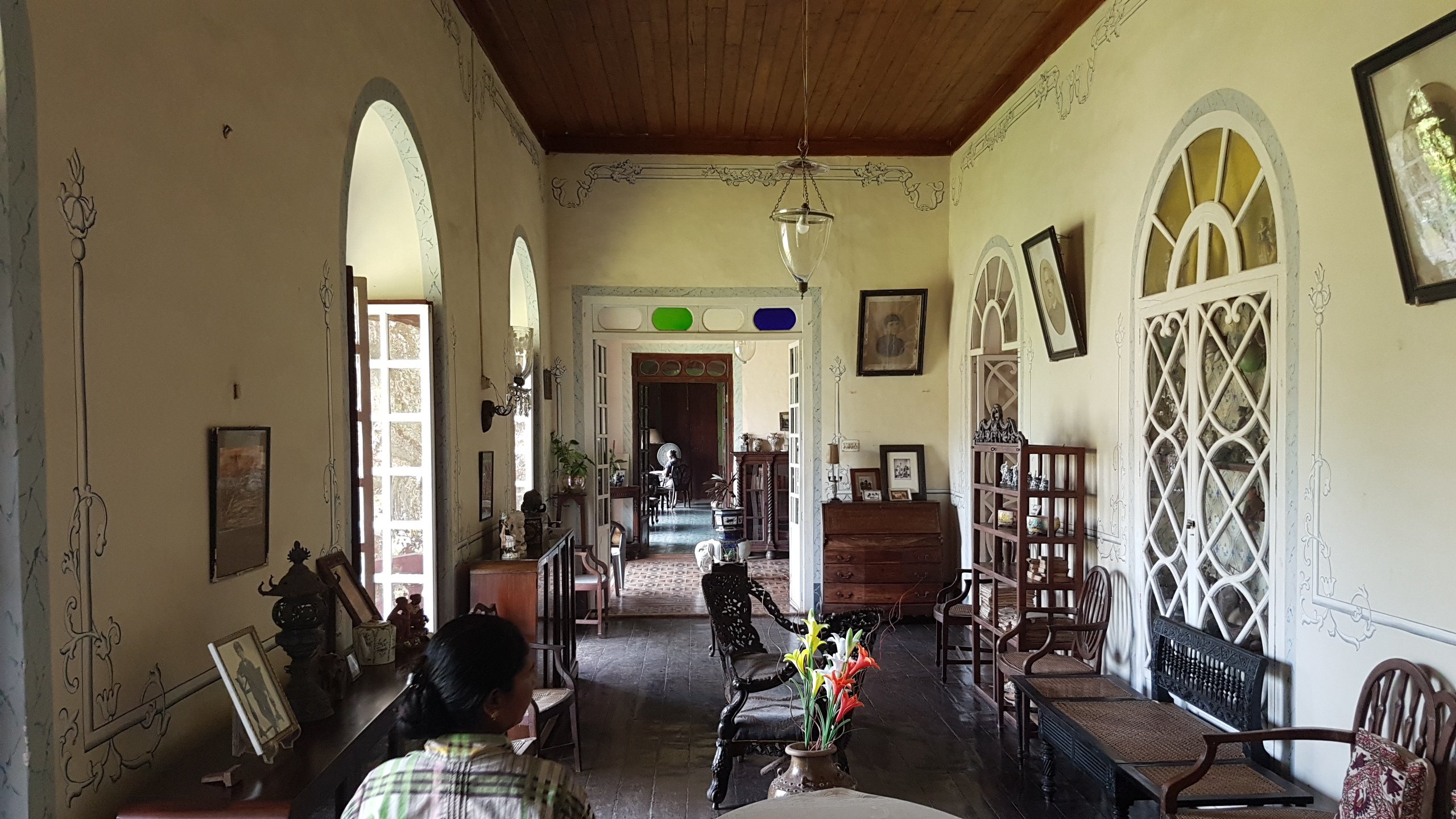
Post breakfast, we returned home, to slump, read, write, plan an outing for after the midday heat. One such trip tested our limits on the scooter as we went in search of an old Portuguese town renowned for its wealth in the 18th and 19th centuries. The main draw in Chandor, apart from a giant church, was the large long two story house dominating the main street built in the sixteenth century . The entrance to Braganza house was a staircase in the middle of the two wings, each about fifty metres long. On our right a front garden with large trees and fairly wild, on our left a stylish trimmed lawn with concrete garden furniture in the style of Gaudi (we were later told). As we approached an elderly lady beckoned to us from an upstairs balcony to our right. We climbed the enormous stairs. Our host greeted us at a doorway, welcoming us in to a grand parlour, and explaining that after an introduction from her, the maid would escort us around the rooms of her house. She appeared elegant, refined, ever so slightly down at heel, but not shamefully so, perhaps in need of some understanding, a donation, there is no National Trust here, you see. We were shown bedrooms, a library, a ballroom, a drawing room, all stuffed to the gills with porcelain from China, glass from Belgium, silverware from England, incredible carved furnture, paintings, the amassed wealth of centuries of succesful business in a once remote corner of the world. Then, when the Portuguese left in 1962, lands were redistributed, and ….this is what’s left, after fourteen generations. We made our little contribution and took our leave, asking as we did about the adjoining wing – can we visit there? Yes, yes, just ring the bell, there, someone will come.
The two sons of the first landlord occupied a wing each on the death of their father, and ever since, through fourteen generations the house has been split, and it would seem that they no longer talk. From a doorway behind us a woman peeked out, waving us towards her. She seemed not to want to be seen. So we got a second tour, a grander ballroom, evidence of more recent life, a lovely, spry, enigmatic host with a teasing smile, but otherwise very similar mirrors, china and the stuff of olden wealth, yet without any of the disguised pleas of poverty. We happily tucked a small sum into a discreet wooden box.
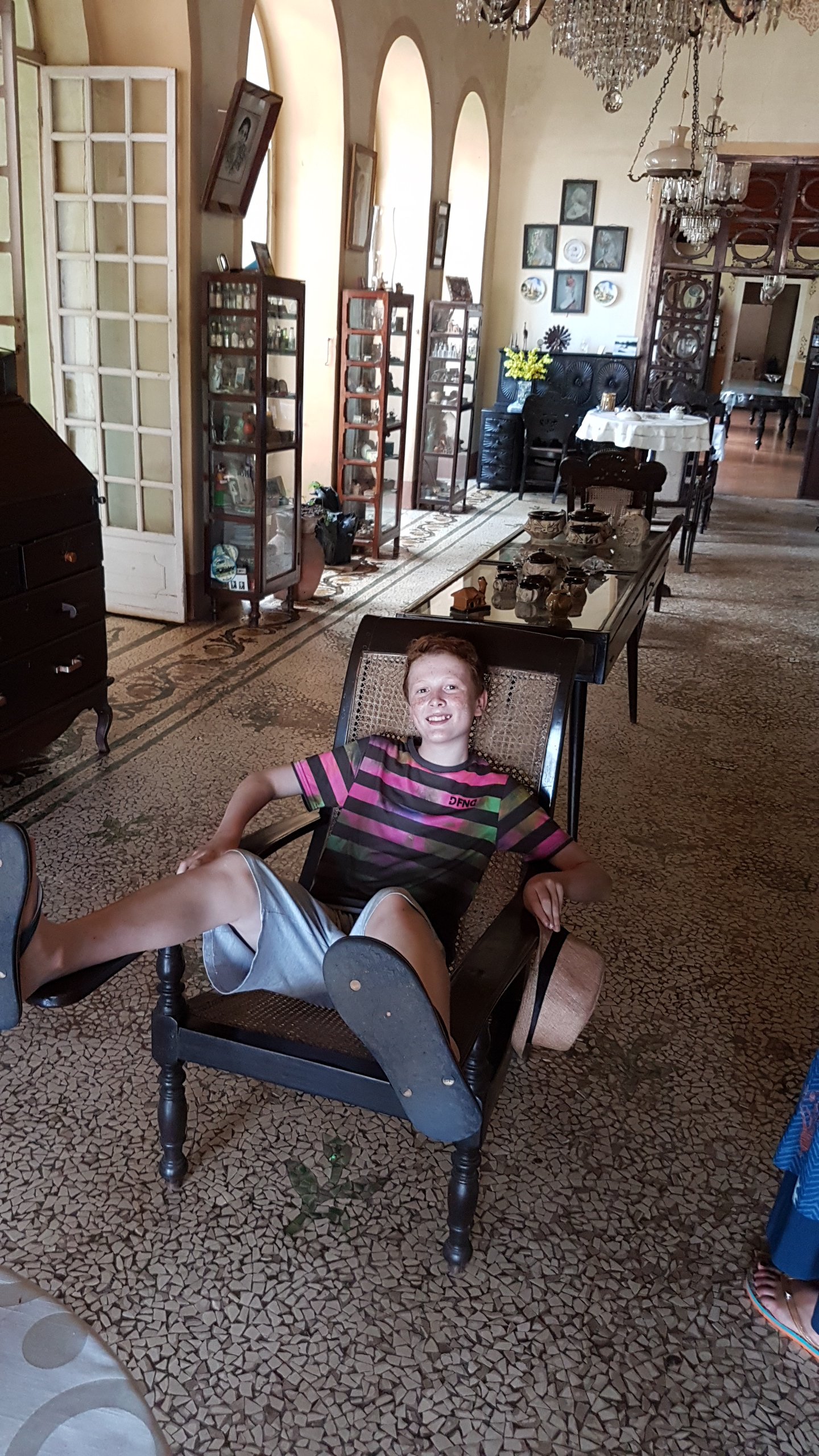 We left fascinated by the unfolding of that story, by all the parts we could only imagine.
We left fascinated by the unfolding of that story, by all the parts we could only imagine.
